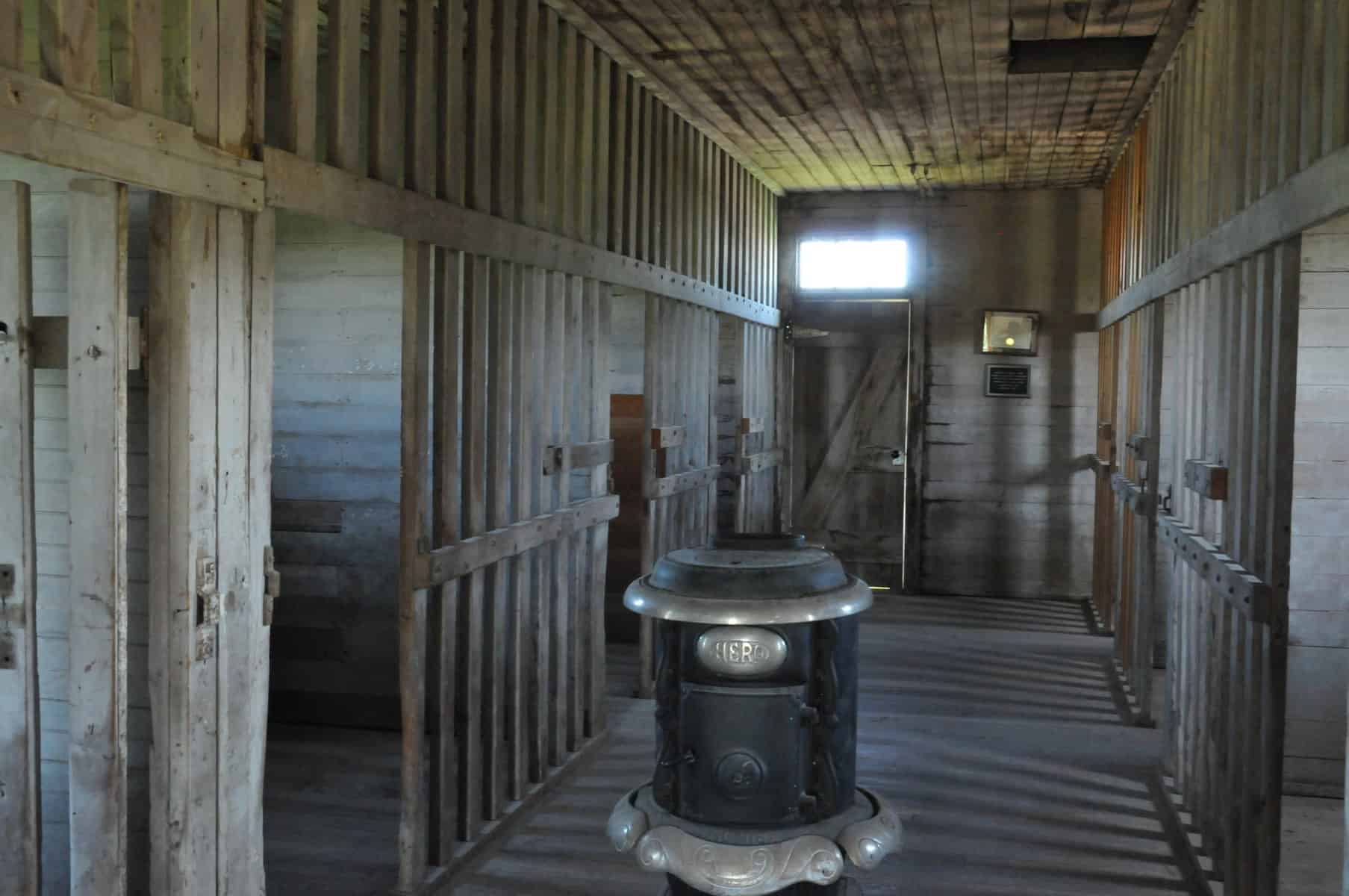
Recent photo from the Johnson County Historic Poor Farm. Courtesy of Giselle Simón.
Bill Sackter was institutionalized in Faribault, Minnesota for about 44 years of his life before meeting Barry and Bev Morrow and becoming independent. Large institutions like the Faribault State School for the Feeble-Minded (later the State School & Hospital after a name change in 1955) were present nationwide during Bill’s lifetime. The photo above shows conditions at one time in Johnson County, Iowa’s asylum.
From the exhibit:
In addition to the institutions like Faribault in Minnesota and across the United States, there were also several private institutions and a number of County Homes and Poor Farms built throughout Iowa in the mid to late 19th and early 20th centuries.
By 1855, Johnson County had established a 160-acre Poor Farm on the outskirts of Iowa City. It may well be the only remaining intact example in the state. Residents who worked on the farm primarily performed dairy production and other farming tasks. The farm used the food and other items produced to feed the residents and some were sold to fund day-to-day expenses of the facility.
In 1859, the “First Johnson County Asylum” was built. The facility was filled with 7’x7’ wooden prison-style cells with narrow horizontal openings through which inmates were given food. The building was heated by a single wood stove in the center of the main hall.
Today, the asylum is still standing and has been restored. Behind the building and in a nearby field is the Poor Farm’s cemetery. Those who died at the Poor Farm were buried in the cemetery but, typical of the era’s poor farms and asylums, few records of deaths or burials can be found.
In 1886, Johnson County built a new asylum. It featured three brick buildings: one for administration, a second for people who were impoverished, and a third for the “mentally insane.” A third facility was built by 1964. This replaced the 1886 buildings. The 1964 facility, now called Chatham Oaks, presently serves as a residential care facility.
From co-curator Brad Ferrier:
“Researching the Johnson County Historic Poor Farm (JCHPF) was equally interesting and distressing. The poor farm building, or barn, which was used previously as a hog-house, had cells in which ‘residents’ would be housed. There are several photos of graffiti etched into the walls of the cells, some of which appear in the exhibit. The photos we used were taken by Giselle Simón, university conservator at the UI Libraries, while consulting for the Historic Poor Farm. While researching I also learned about the cemetery on the JCHPF site. Many of the people who died at the poor farm were buried without burial records or grave markers. To learn more about the JCHPF, I encourage everyone to visit the site and tour historic buildings and surrounding areas with the Johnson County Historical Society.”
